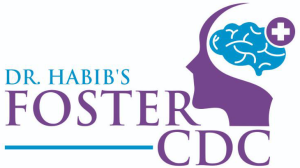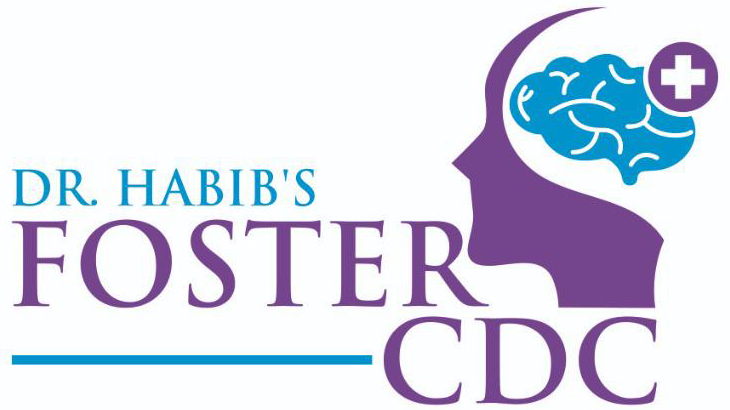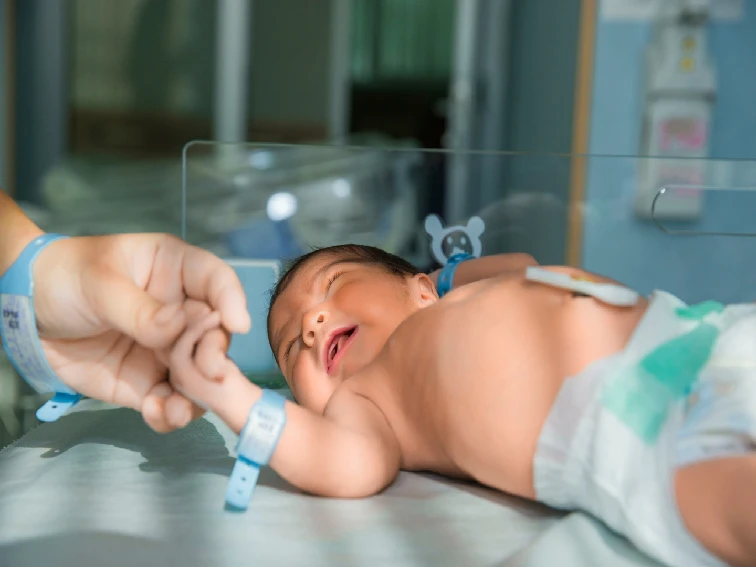Seizures in Newborns Outline
- Introduction to Neonatal Seizures
- Causes of Neonatal Seizures
- Birth trauma
- Metabolic imbalances
- Genetic factors
- Infections
- Types of Neonatal Seizures
- Subtle seizures
- Clonic seizures
- Tonic seizures
- Myoclonic seizures
- Diagnosis of Neonatal Seizures
- Clinical evaluation
- Electroencephalogram (EEG)
- Blood tests
- Imaging studies
- Treatment Options for Neonatal Seizures
- Medication
- Therapeutic hypothermia
- Seizure monitoring and management
- Long-term Effects and Prognosis
- Preventive Measures for Neonatal Seizures
- Prenatal care
- Proper management of high-risk pregnancies
- Early detection and treatment of infections
- Genetic counseling
- Coping and Support for Families
- Conclusion
- FAQs
- Can neonatal seizures be prevented?
- Are neonatal seizures a sign of a serious underlying condition?
- How long do neonatal seizures last?
- Are all seizures in newborns harmful?
- What should parents do if their newborn has a seizure?
Seizures in Newborns: Types, Causes, and Treatment
Neonatal seizures can be a distressing experience for both newborns and their families. These seizures, which occur within the first 28 days of life, can be caused by a variety of factors and require prompt medical attention. In this article, we will explore the causes, diagnosis, and treatment options for neonatal seizures, as well as provide information on long-term effects, preventive measures, and support for families.
Introduction to Neonatal Seizures
Neonatal seizures are characterized by abnormal electrical activity in the brain of a newborn. They can manifest in various forms, ranging from subtle movements and eye deviations to more obvious convulsions. These seizures can be a result of underlying medical conditions or temporary imbalances in the newborn’s system.
Causes of Seizures in Newborns
Several factors can contribute to the development of neonatal seizures. It is essential to identify the underlying cause to determine appropriate treatment and management strategies. Common causes include:
Birth trauma
Traumatic events during the birthing process, such as oxygen deprivation or head injuries, can trigger seizures in newborns. These seizures are often observed within the first few hours or days of life.
Metabolic imbalances
Metabolic disorders, such as hypoglycemia (low blood sugar), hypocalcemia (low calcium levels), or electrolyte disturbances, can disrupt the delicate balance of chemicals in a newborn’s body, leading to seizures.
Genetic factors
Certain genetic conditions can make newborns more susceptible to seizures. These conditions may involve abnormalities in the brain structure or the functioning of ion channels responsible for regulating electrical activity in the brain.
Infections
Infections, such as meningitis or viral encephalitis, can cause inflammation in the brain, leading to seizures. Prompt diagnosis and treatment of infections are crucial to prevent further complications.
Types of Neonatal Seizures
Neonatal seizures can present in different forms, each with its unique characteristics. Understanding the various types of seizures can aid in accurate diagnosis and appropriate treatment. Common types of neonatal seizures include:
Subtle seizures
Subtle seizures are challenging to detect as they often involve subtle movements or changes in behavior. These seizures may manifest as brief eye deviations, sucking or chewing motions, or repetitive jerking of limbs.
Clonic seizures
Clonic seizures are characterized by rhythmic jerking movements, typically affecting the newborn’s face, neck, or extremities. These seizures may occur in a repetitive pattern and can be accompanied by changes in breathing patterns.
Tonic seizures
Tonic seizures involve sustained muscle stiffness or rigidity. The newborn’s body may become stiff and rigid, and the arms and legs may extend or flex involuntarily. Tonic seizures are often brief and can cause changes in the baby’s skin color or breathing.
Myoclonic seizures
Myoclonic seizures are characterized by sudden, brief muscle contractions. These seizures can affect any part of the body and may cause the newborn’s limbs to jerk or twitch involuntarily.
Diagnosis of Neonatal Seizures
Prompt and accurate diagnosis of neonatal seizures is crucial for appropriate management. Pediatric neurologists employ various methods to evaluate and diagnose seizures in newborns, including:
Clinical evaluation
Doctors will conduct a thorough physical examination and gather information about the newborn’s medical history and symptoms. They will also assess the newborn’s behavior and observe any seizure activity.
Electroencephalogram (EEG)
An EEG is a non-invasive test that measures and records the electrical activity of the brain. It can help identify abnormal brain patterns associated with seizures and aid in determining the type of seizure.
Blood tests
Blood tests can help identify any metabolic imbalances or infections that may be contributing to the seizures. These tests can assess blood sugar levels, and electrolyte levels, and detect signs of infection.
Imaging studies
In some cases, imaging studies, such as an MRI or CT scan, may be conducted to assess the structure of the newborn’s brain. These studies can help identify any structural abnormalities or brain injuries that may be causing the seizures.
Treatment Options for Neonatal Seizures
The treatment approach for neonatal seizures depends on the underlying cause and the severity of the seizures. The primary goal is to control seizures while minimizing potential side effects. Treatment options include:
Medication
Anticonvulsant medications may be prescribed to newborns with seizures. These medications can help reduce the frequency and severity of seizures. The choice of medication and dosage will depend on the type of seizure and the newborn’s overall health.
Therapeutic hypothermia
In some cases, therapeutic hypothermia may be used as a treatment option for neonatal seizures. This involves carefully lowering the newborn’s body temperature to reduce brain activity and prevent further seizure activity.
Seizure monitoring and management
Close monitoring of the newborn’s seizures is crucial for evaluating the effectiveness of treatment and adjusting medication as necessary. Healthcare professionals may utilize video EEG monitoring to capture and analyze seizure activity accurately.
Long-term Effects and Prognosis
The long-term effects of neonatal seizures can vary depending on the underlying cause, duration, and severity of the seizures. Some newborns may experience developmental delays or neurological issues, while others may have no lasting effects. Early diagnosis, appropriate treatment, and ongoing medical care are vital for optimizing the long-term prognosis.
Preventive Measures for Neonatal Seizures
While it may not be possible to prevent all cases of neonatal seizures, certain measures can help reduce the risk. These preventive measures include:
Prenatal care
Attending regular prenatal check-ups and following healthcare providers’ recommendations can help identify and manage any potential risk factors for neonatal seizures.
Proper management of high-risk pregnancies
High-risk pregnancies, such as those involving maternal infections, gestational diabetes, or preeclampsia, require close monitoring and appropriate management to minimize the risk of neonatal seizures.
Early detection and treatment of infections
Prompt diagnosis and treatment of infections during pregnancy or soon after birth can help prevent complications, including neonatal seizures.
Genetic counseling
Families with a history of genetic disorders or a child with a known genetic condition can benefit from genetic counseling. This service can provide information about the risks, available testing options, and potential preventive measures.
Coping and Support for Families
Receiving a diagnosis of neonatal seizures can be overwhelming for families. It is essential to seek emotional support and connect with healthcare professionals experienced in managing this condition. Support groups and counseling services can offer guidance, resources, and a network of individuals facing similar challenges.
Conclusion
Neonatal seizures are a complex medical condition that requires comprehensive evaluation, diagnosis, and treatment. Prompt medical attention, accurate diagnosis, and appropriate management strategies are crucial for ensuring the well-being of newborns affected by seizures. By understanding the causes, types, diagnoses, and treatment options for neonatal seizures, families and healthcare providers can work together to provide the best possible care for these vulnerable infants.
FAQs
Q: Can neonatal seizures be prevented?
A: While it may not be possible to prevent all cases of neonatal seizures, certain measures such as proper prenatal care, management of high-risk pregnancies, and early detection and treatment of infections can help reduce the risk.
Q: Are neonatal seizures a sign of a serious underlying condition?
A: Neonatal seizures can be a symptom of an underlying medical condition or temporary imbalances in the newborn’s system. It is important to identify the underlying cause to determine appropriate treatment and management strategies.
Q: How long do neonatal seizures last?
A: The duration of neonatal seizures can vary. Some seizures may be brief and last only a few seconds, while others may persist for several minutes.
Q: Are all seizures in newborns harmful?
A: Seizures in newborns should always be evaluated by experienced pediatric neurologists. While some seizures may not cause immediate harm, they can indicate an underlying issue that requires medical attention.
Q: What should parents do if their newborn has a seizure?
A: If a newborn experiences a seizure, parents should seek immediate medical attention. It is important to stay calm, protect the newborn from injury, and follow the guidance of healthcare professionals.



